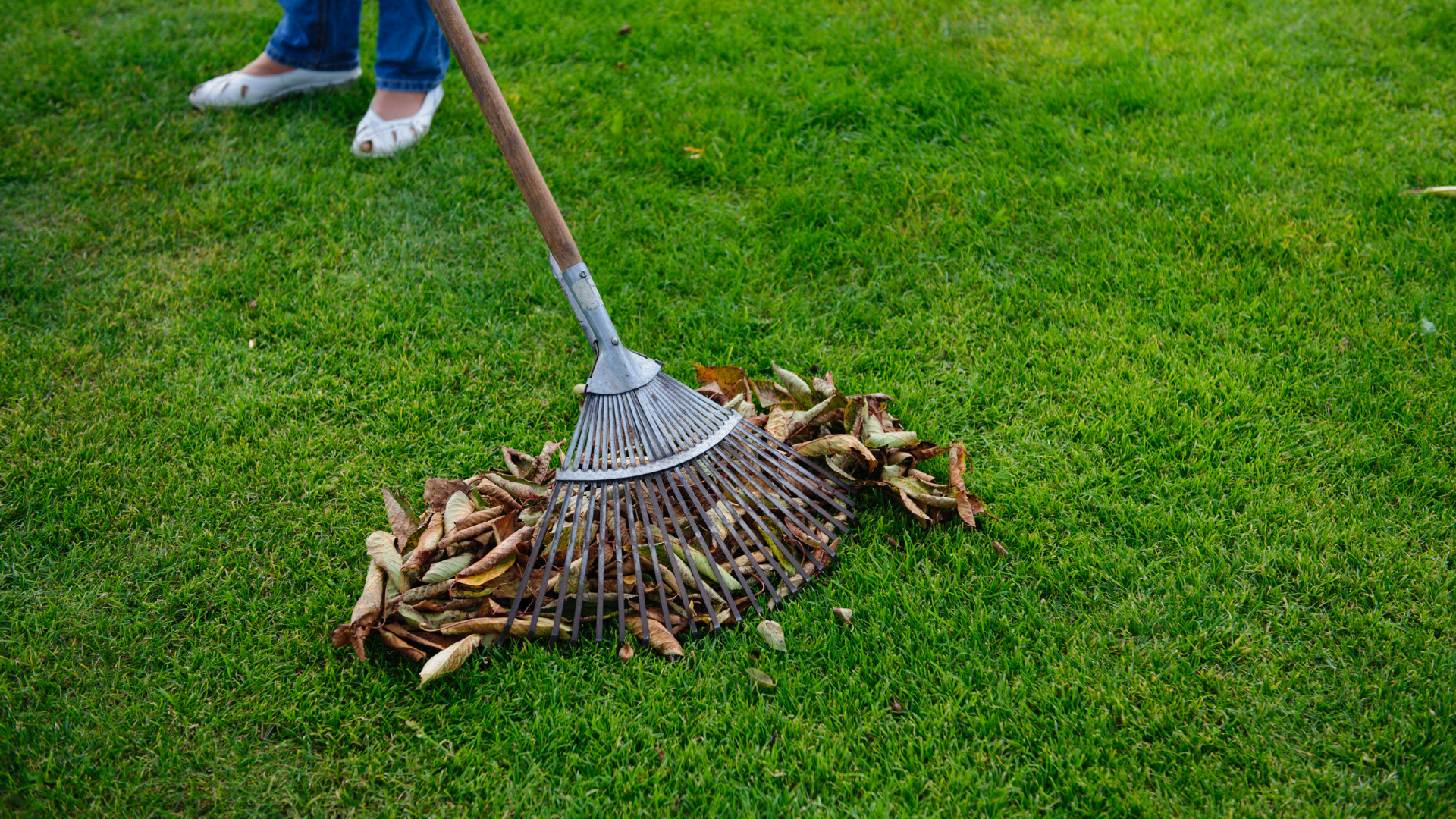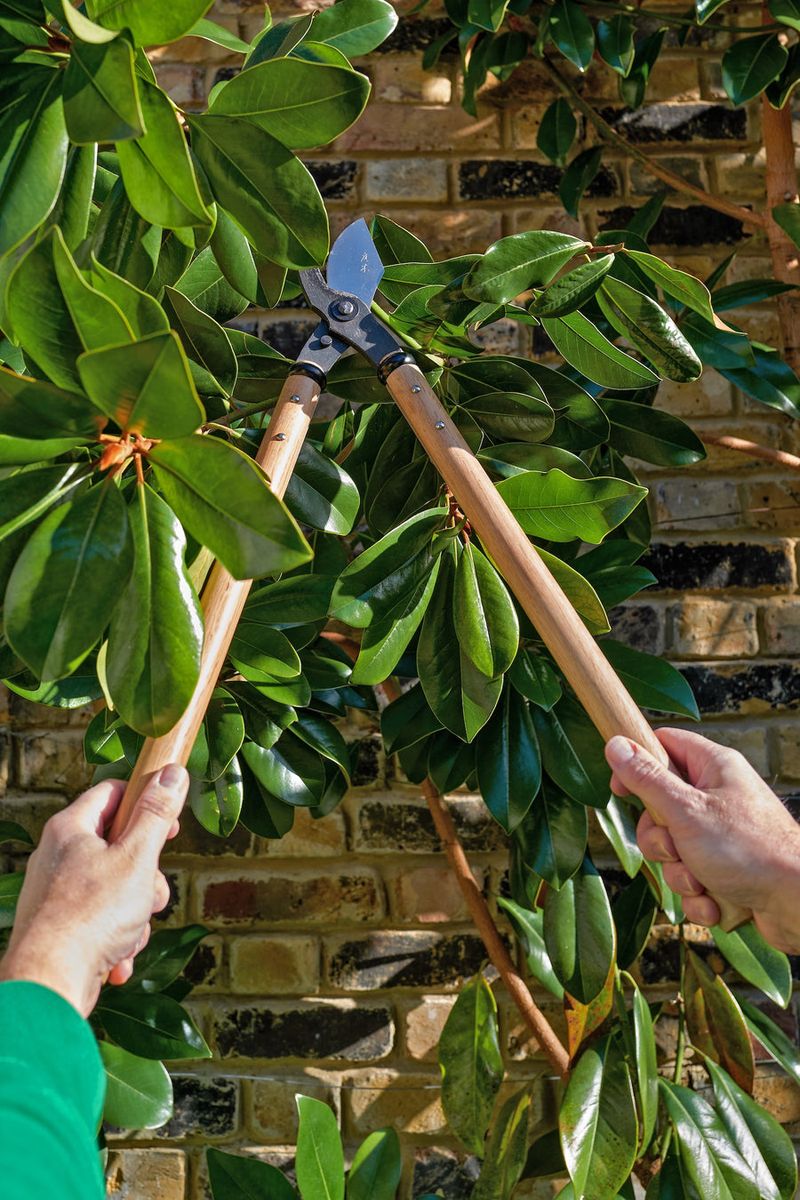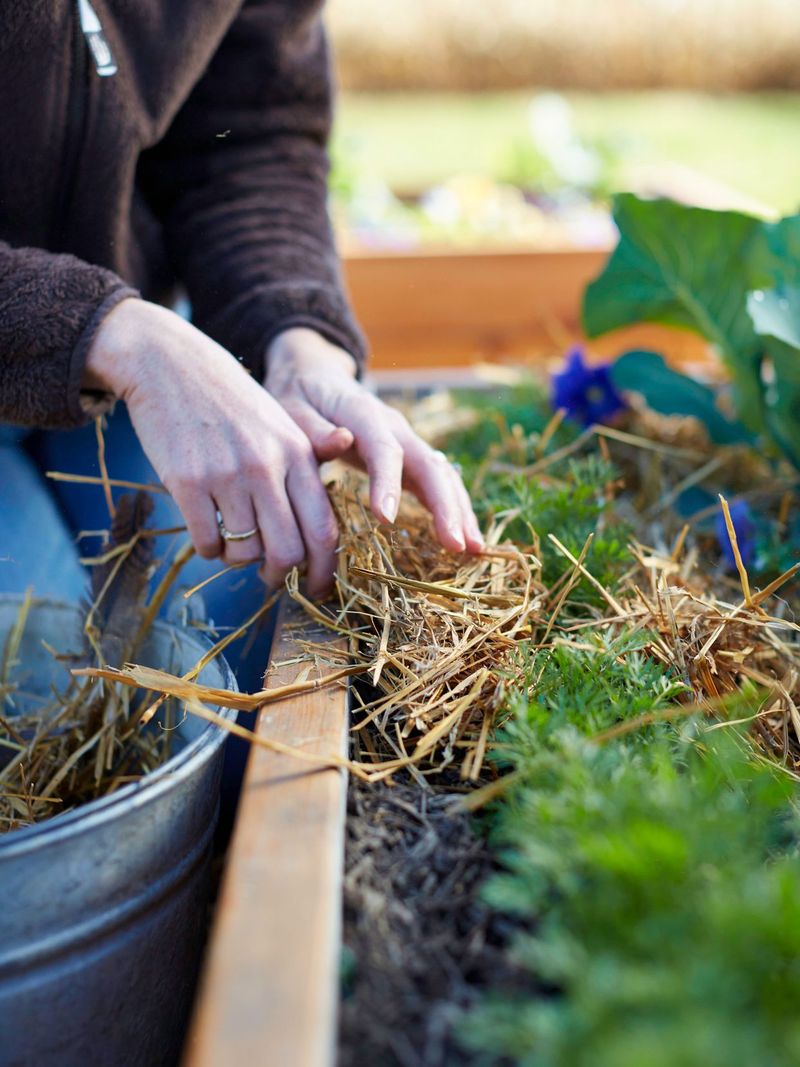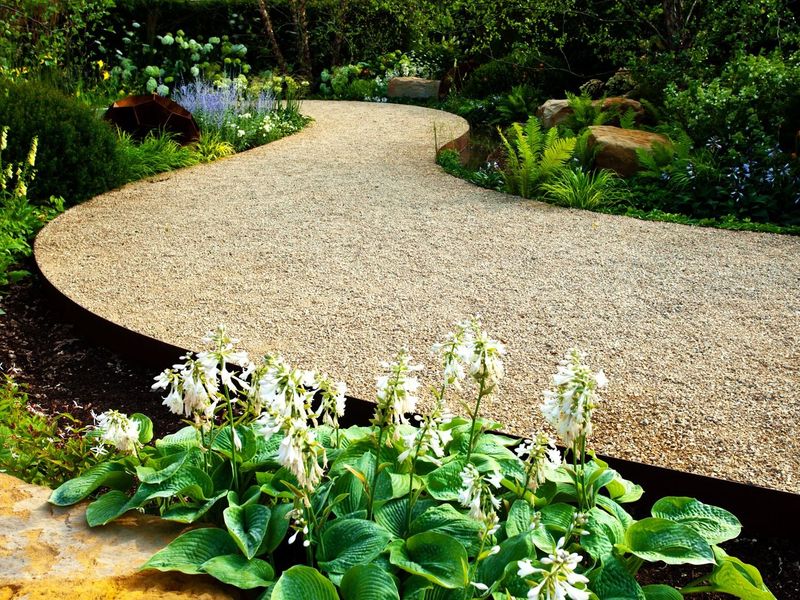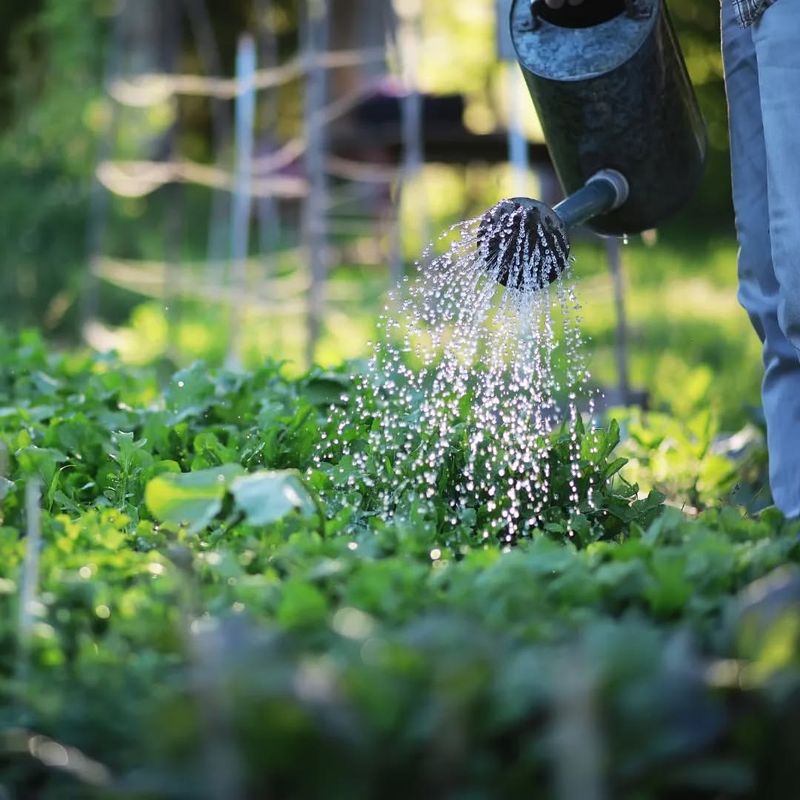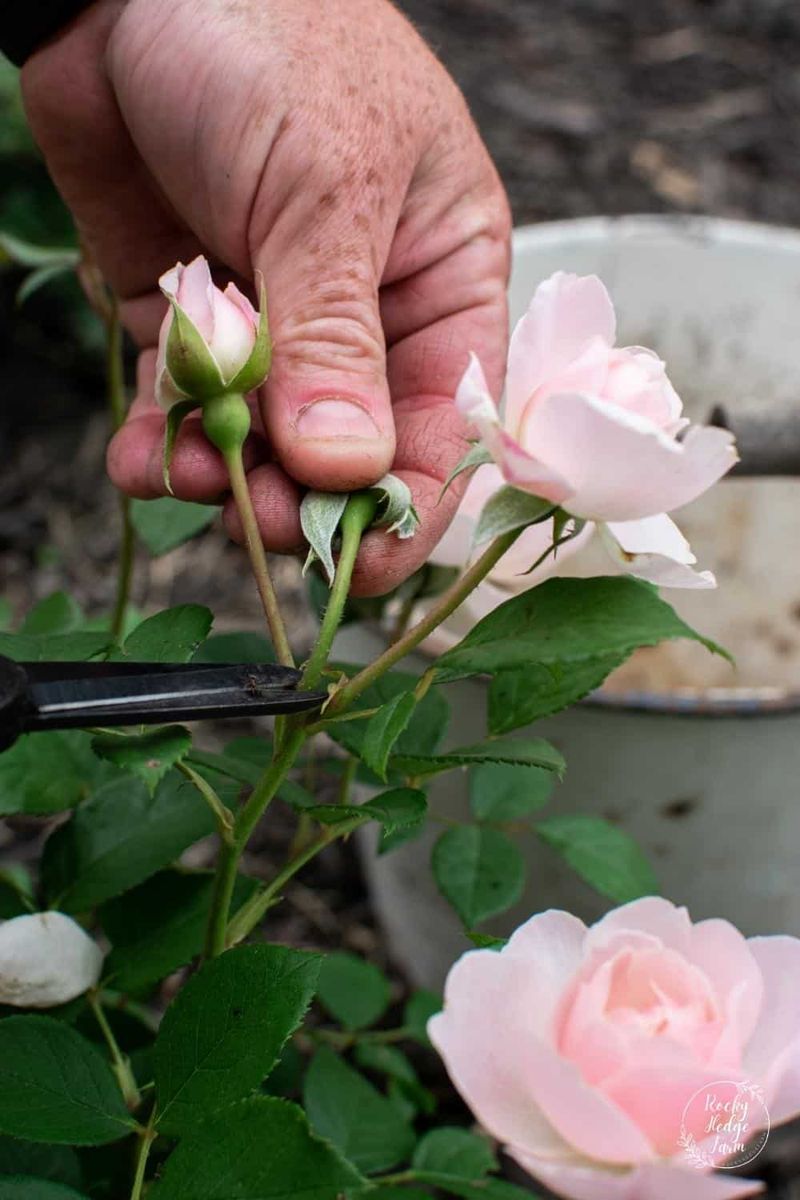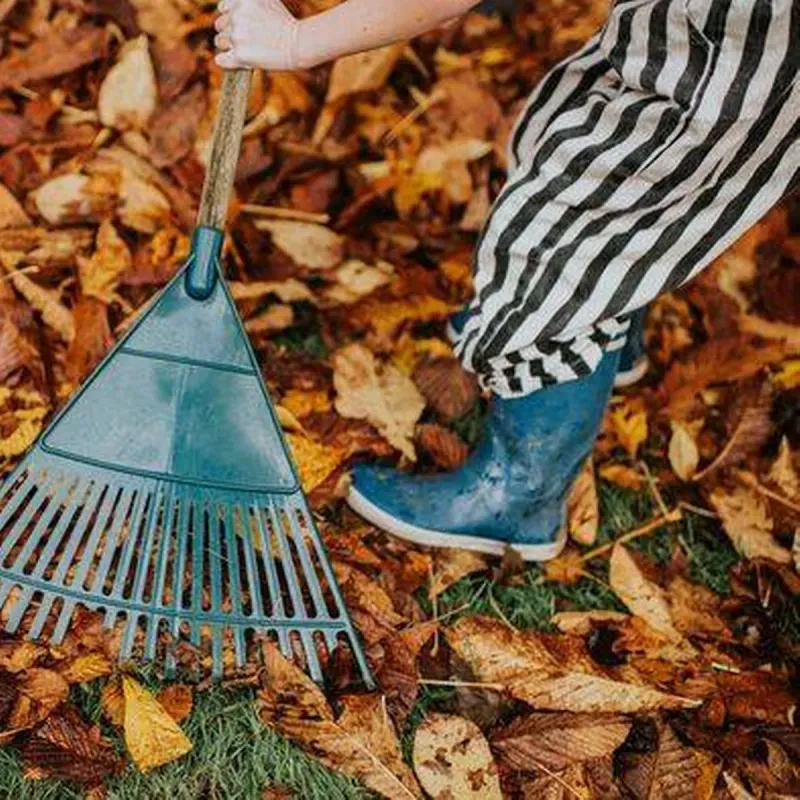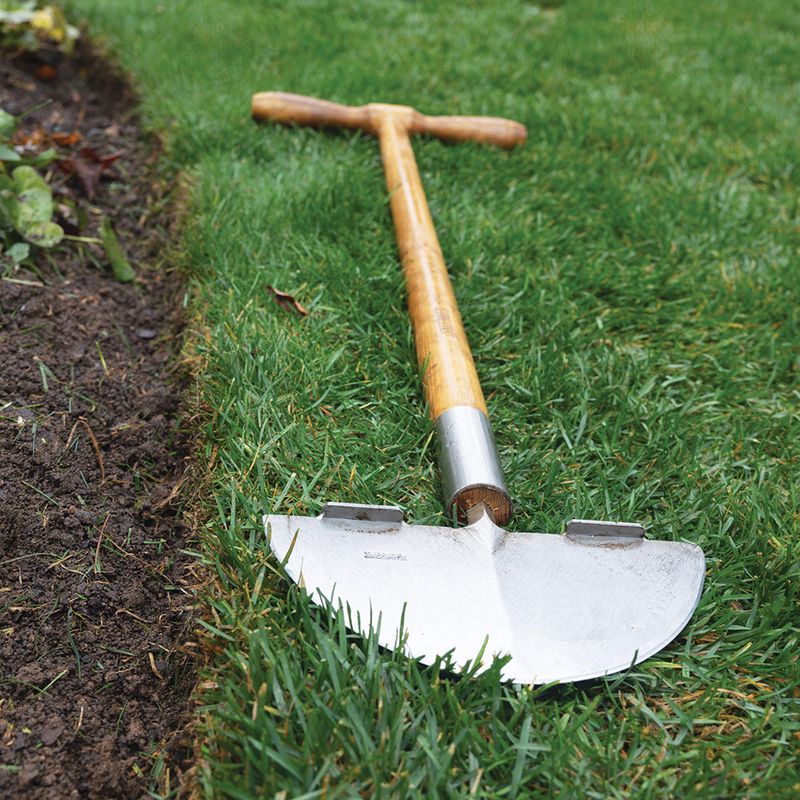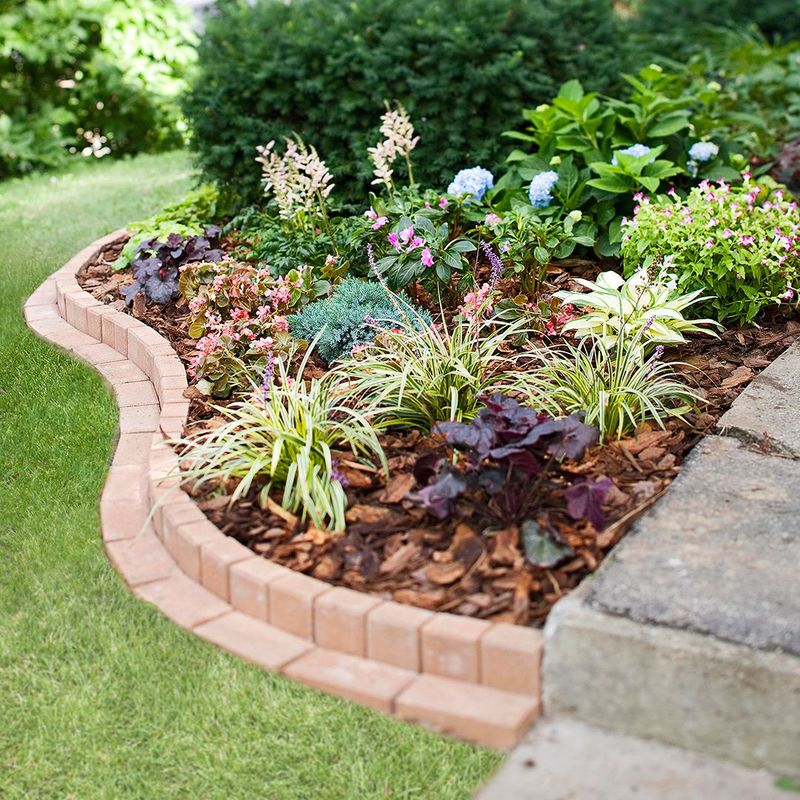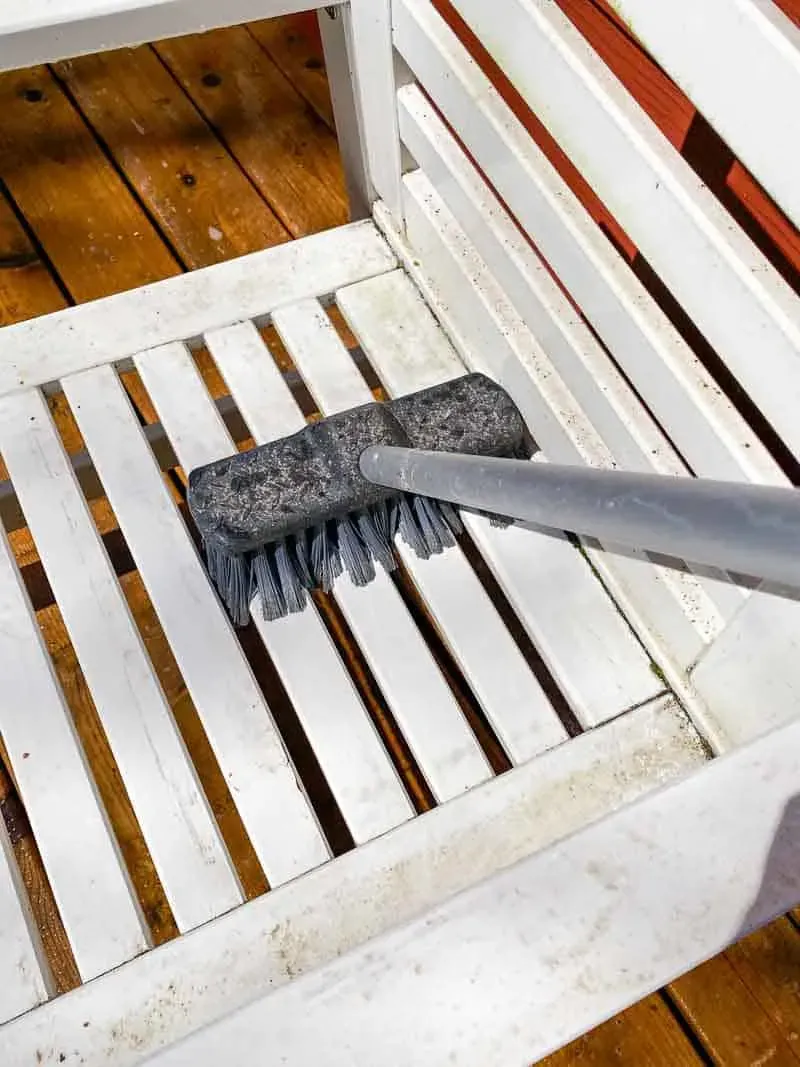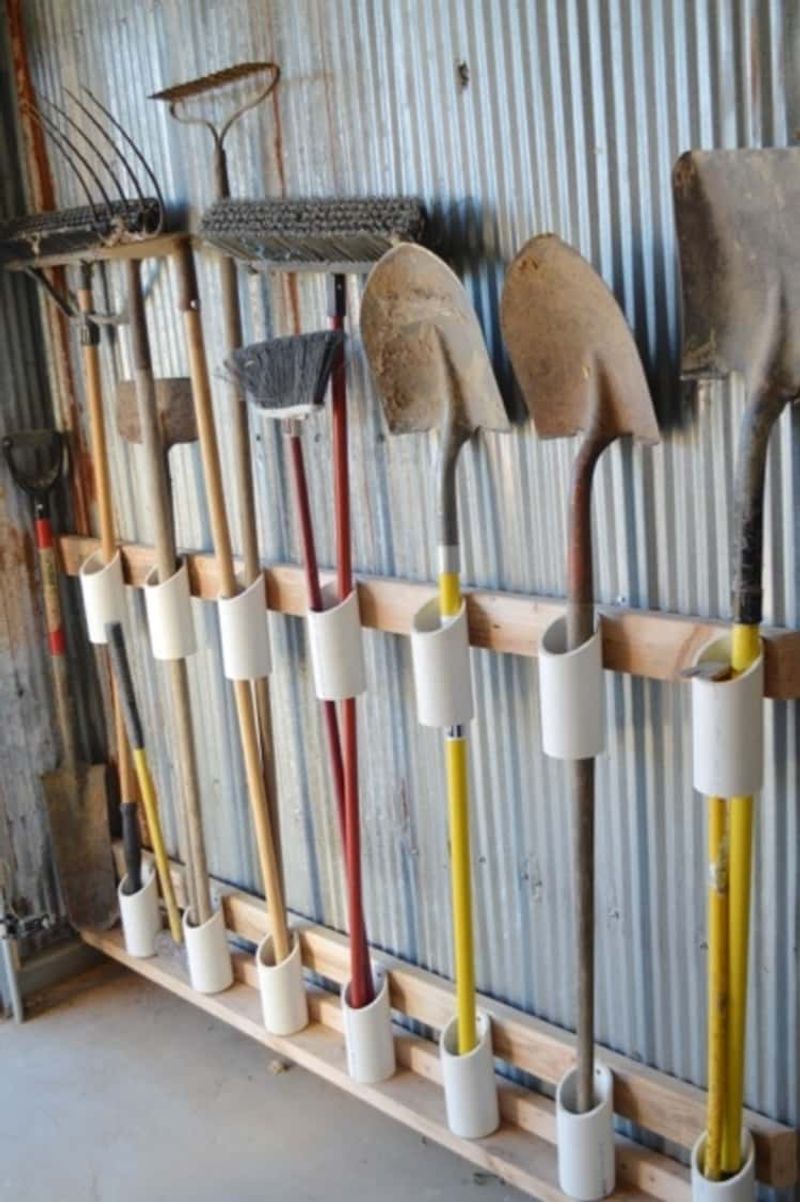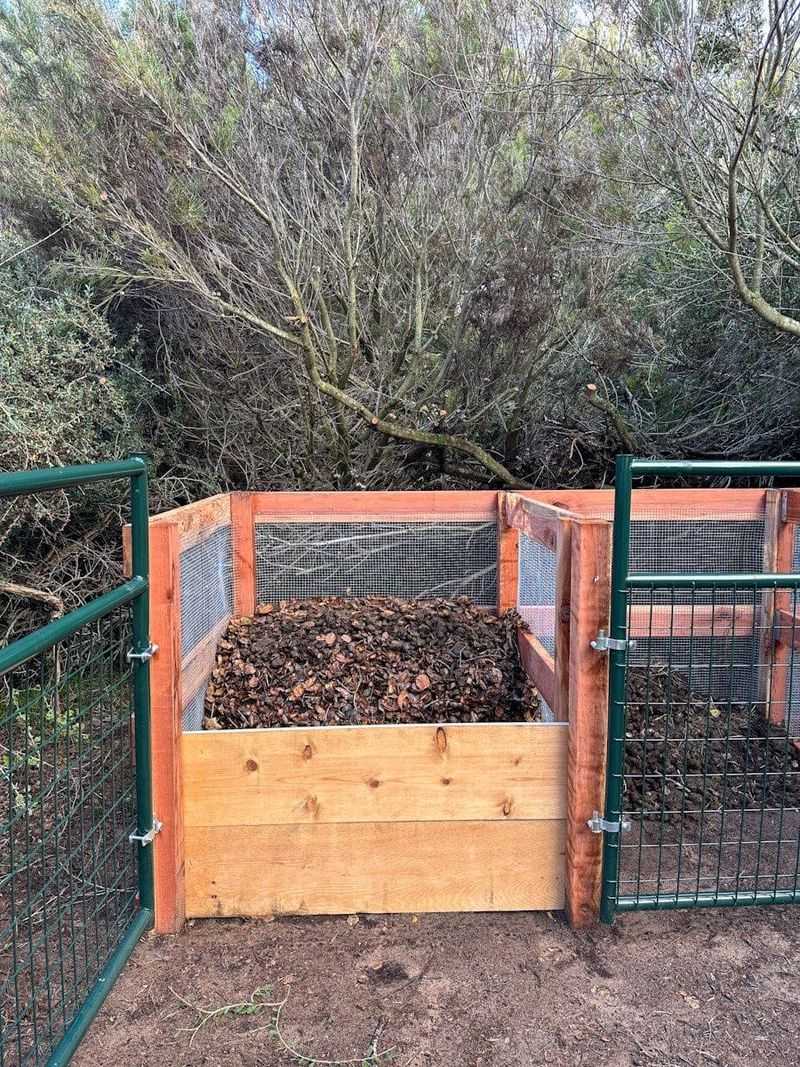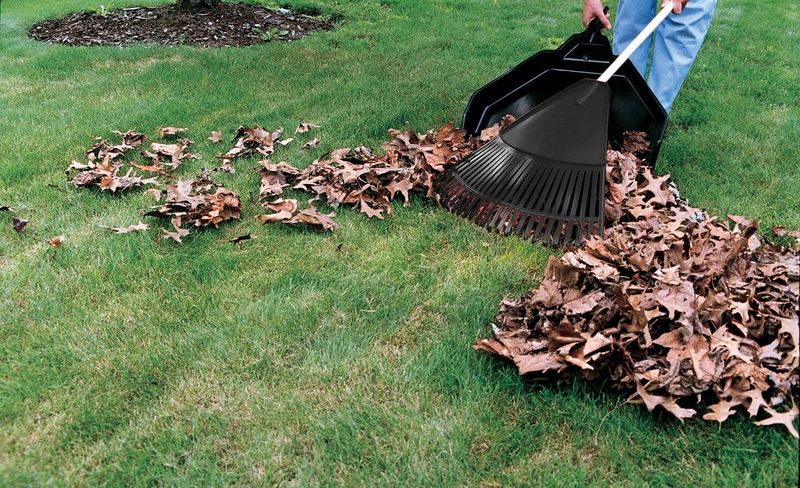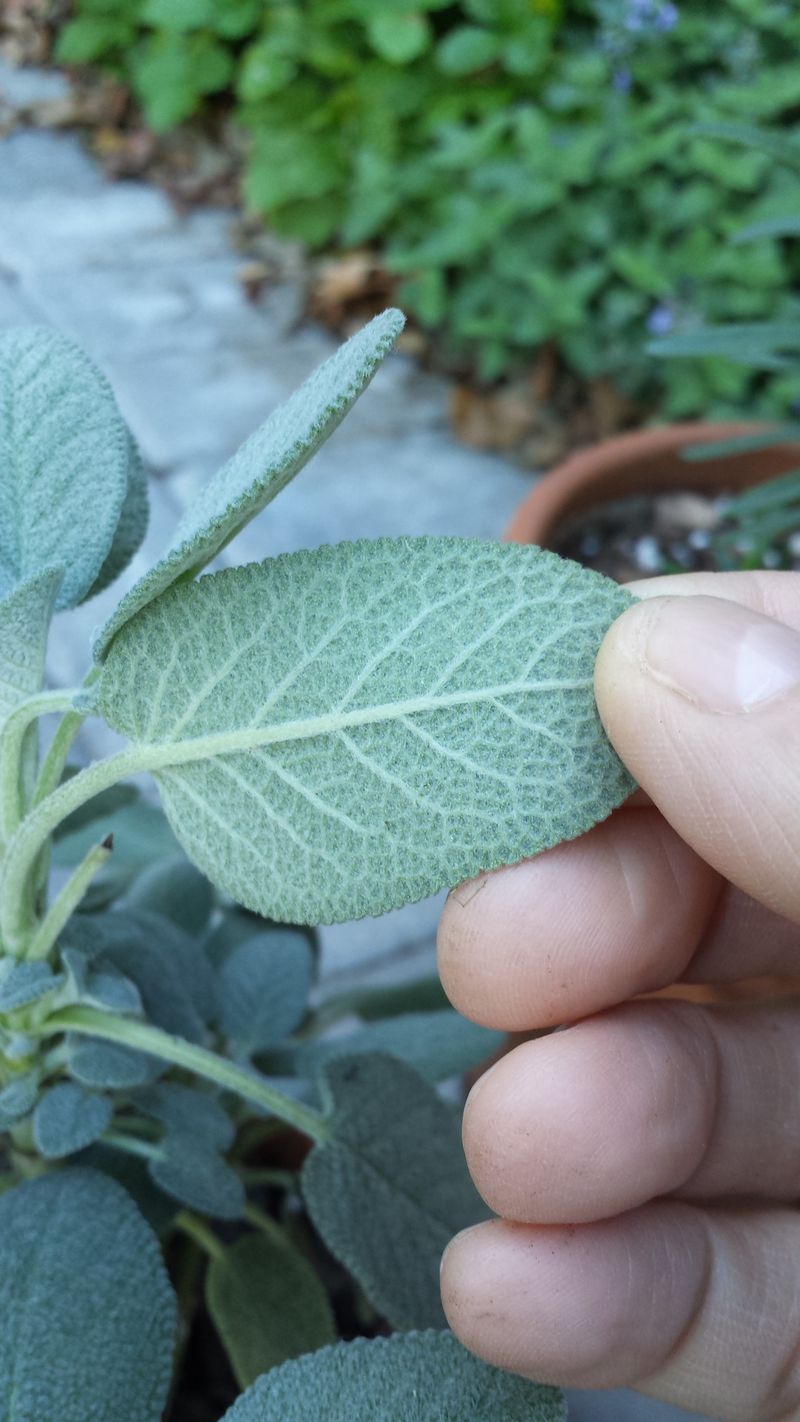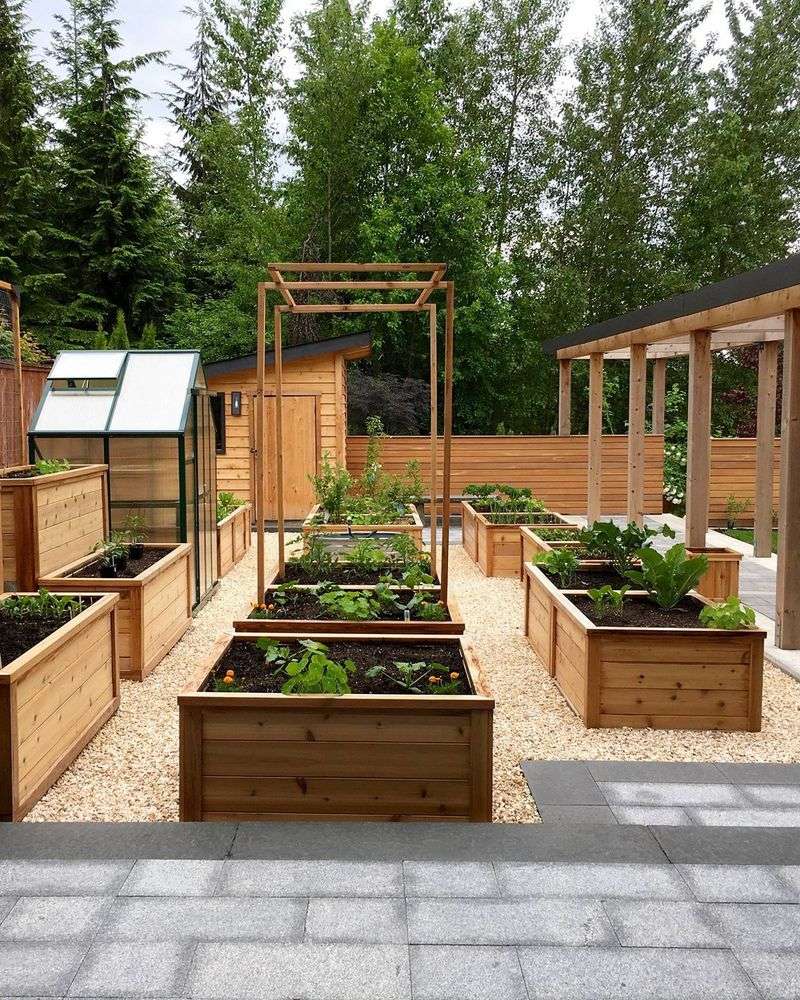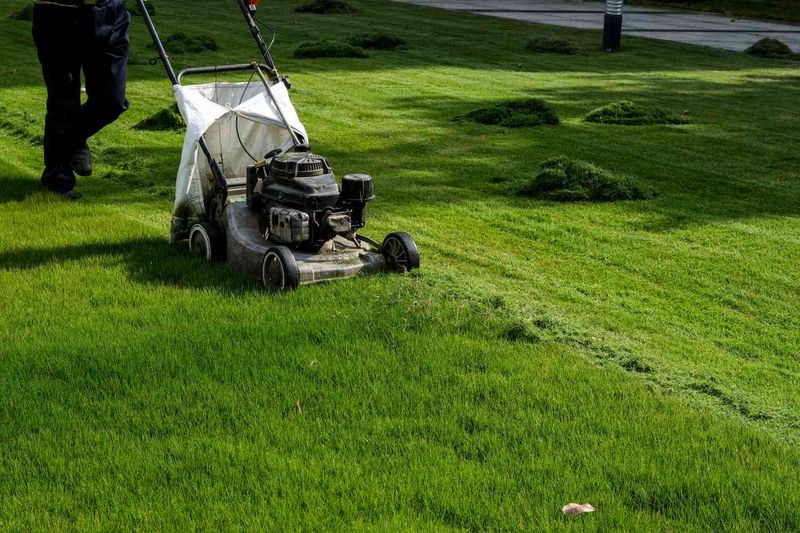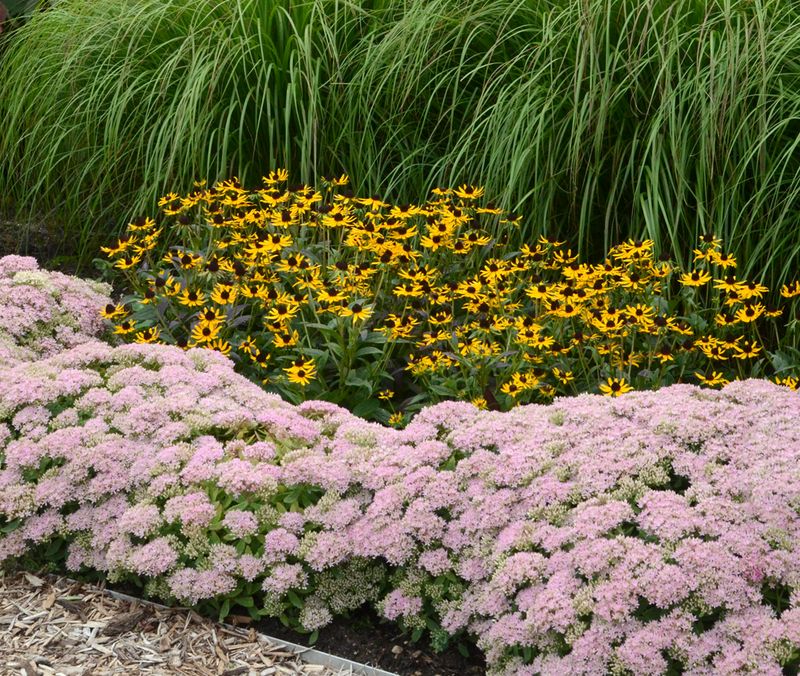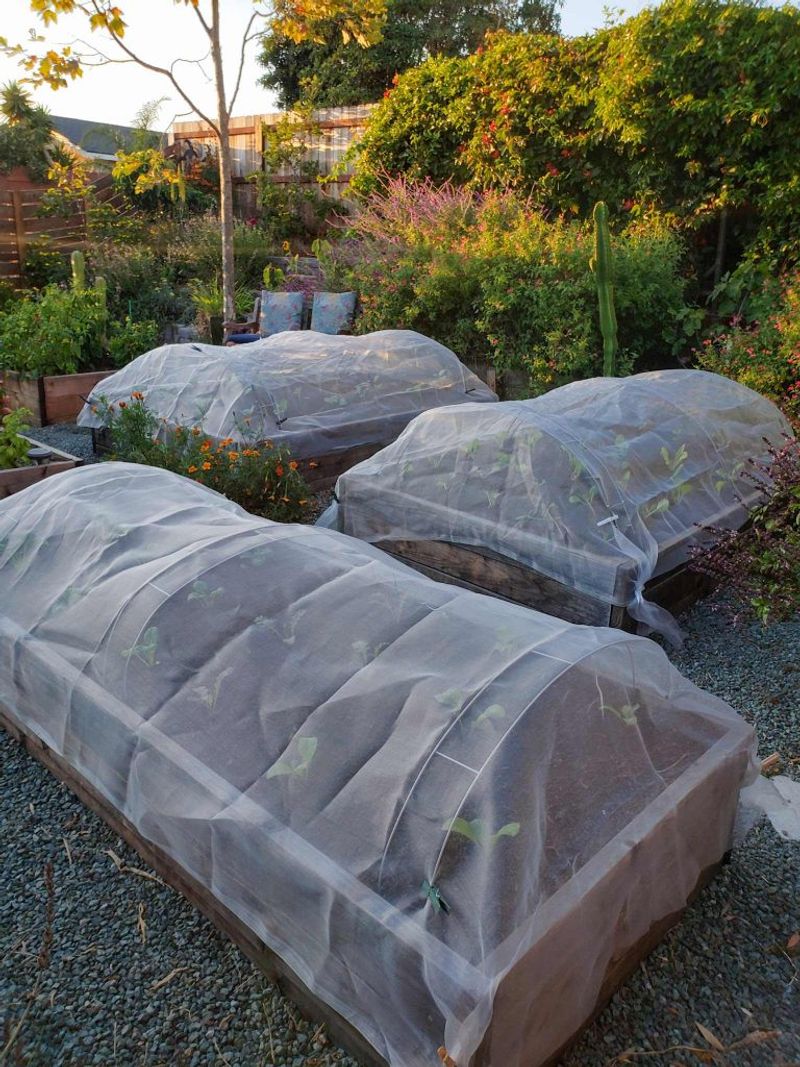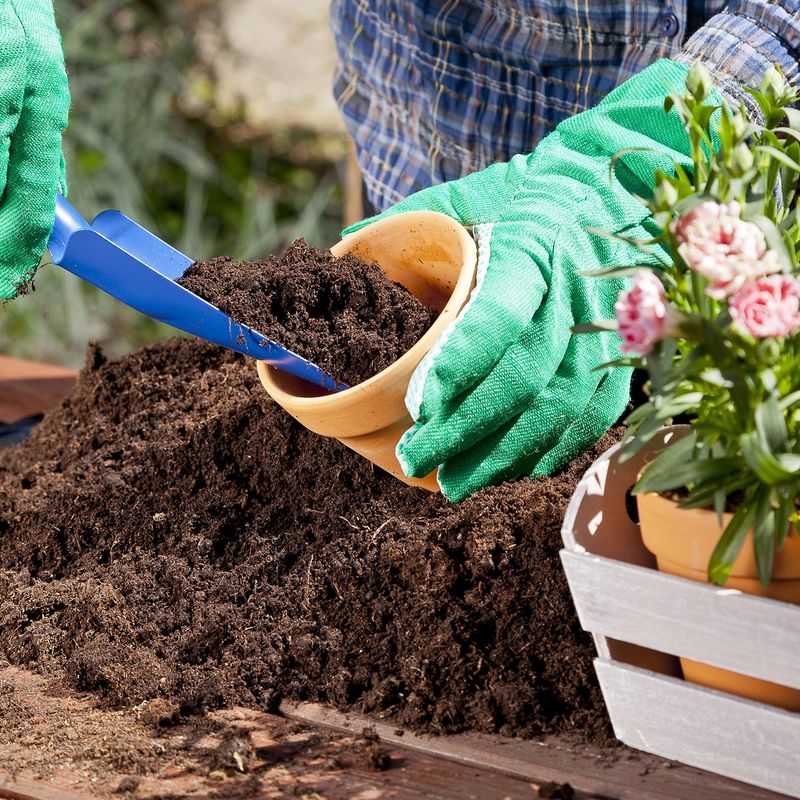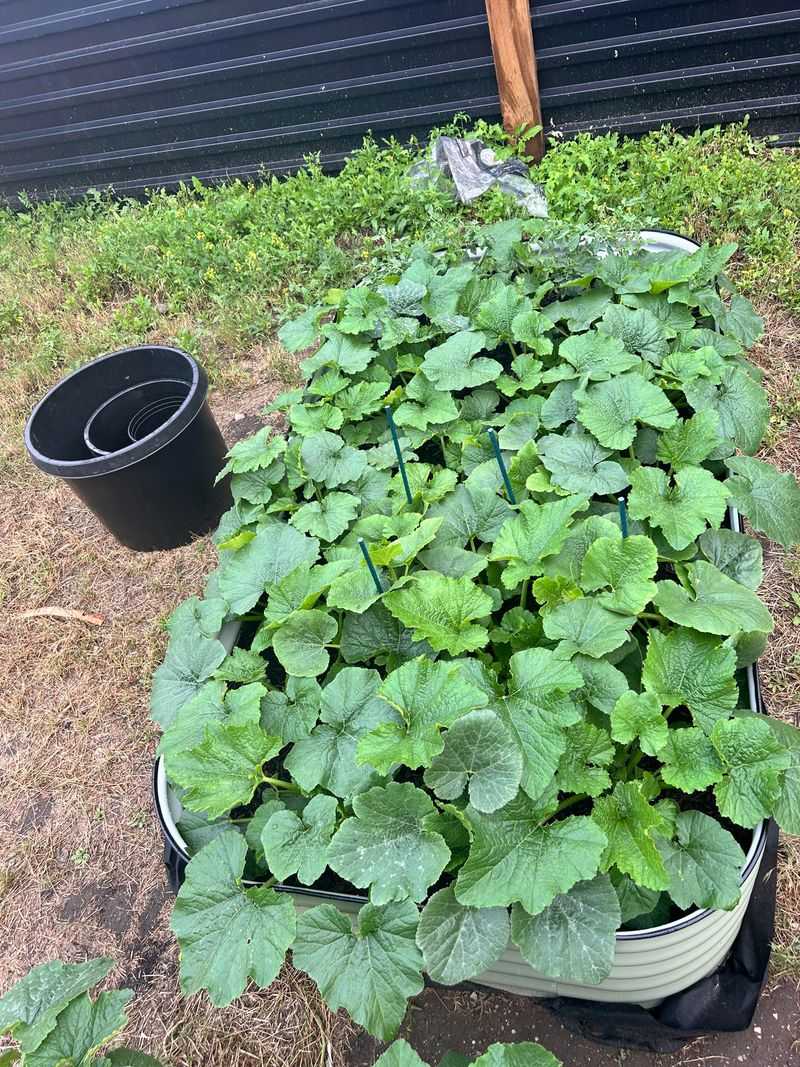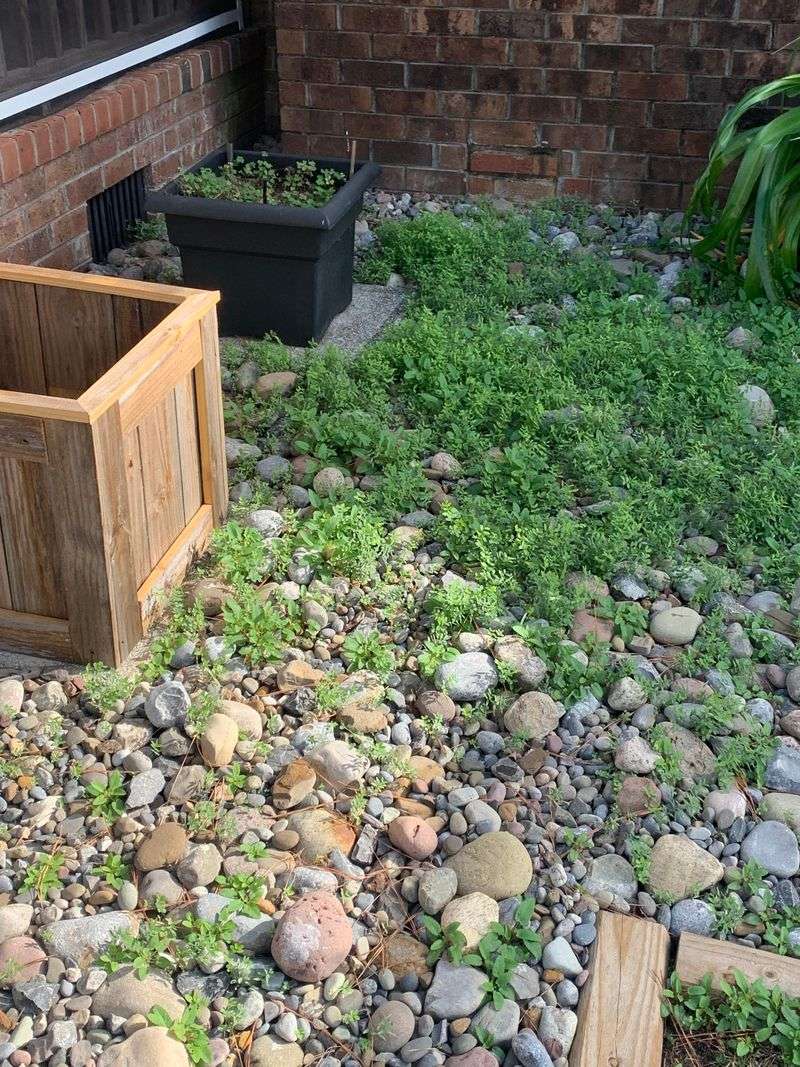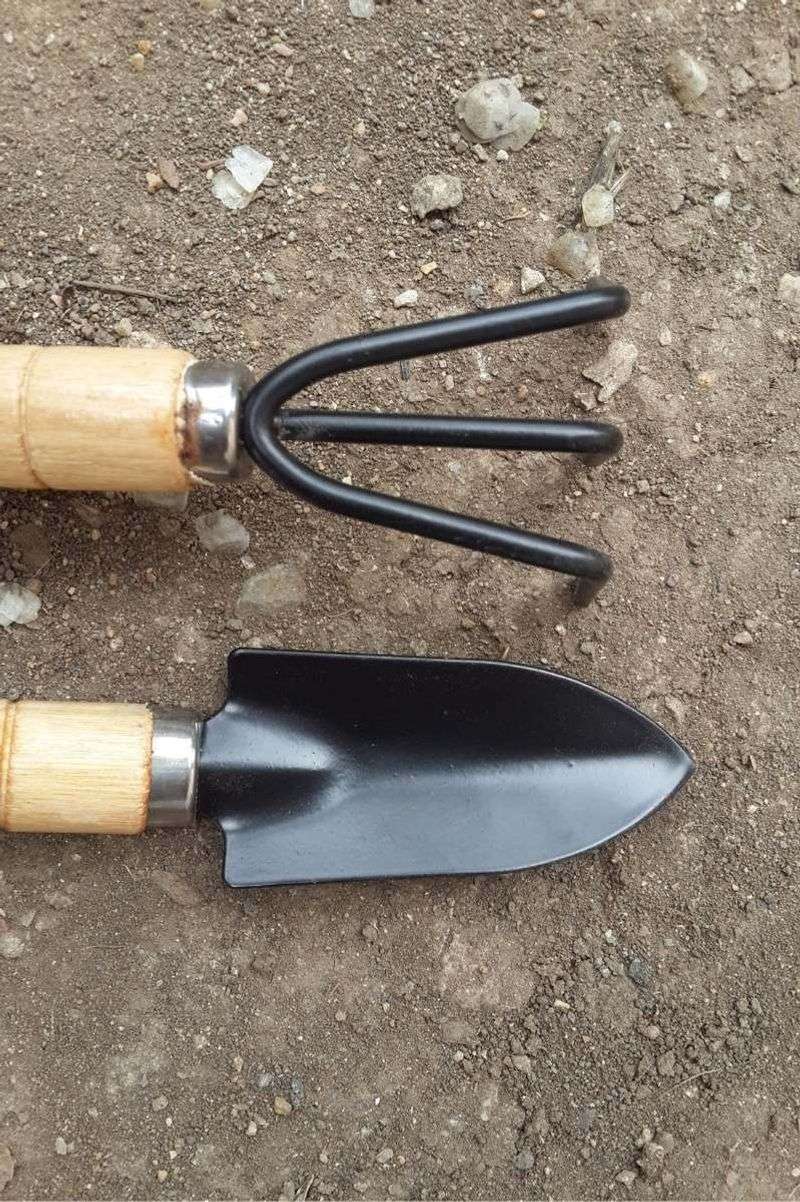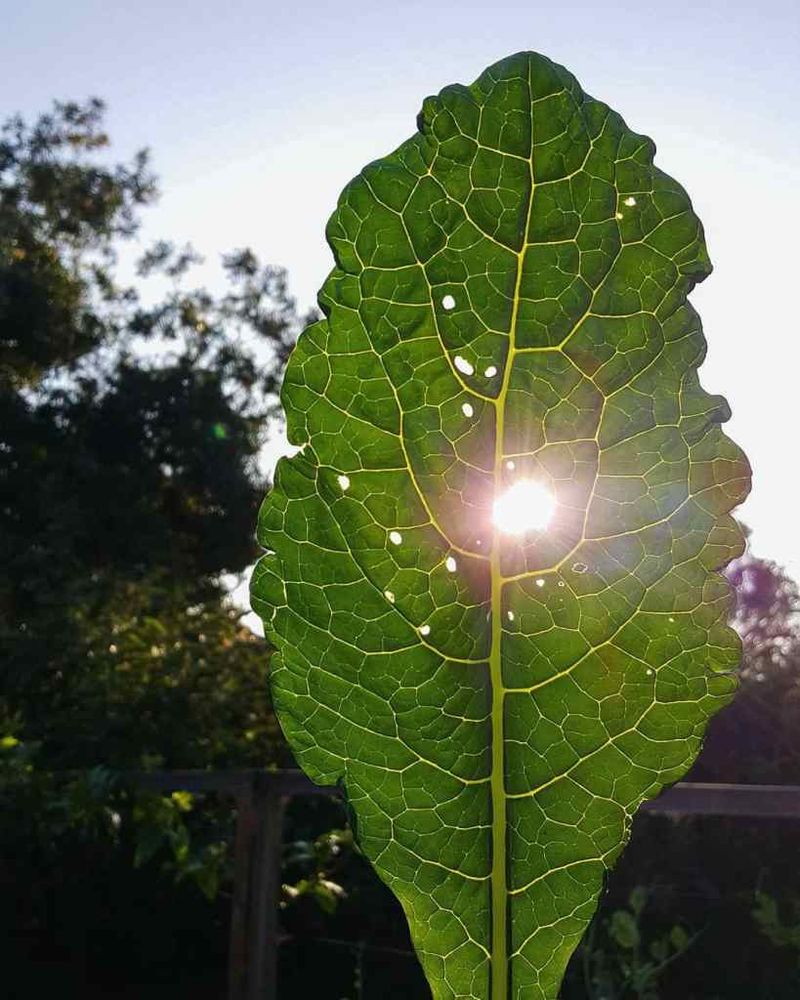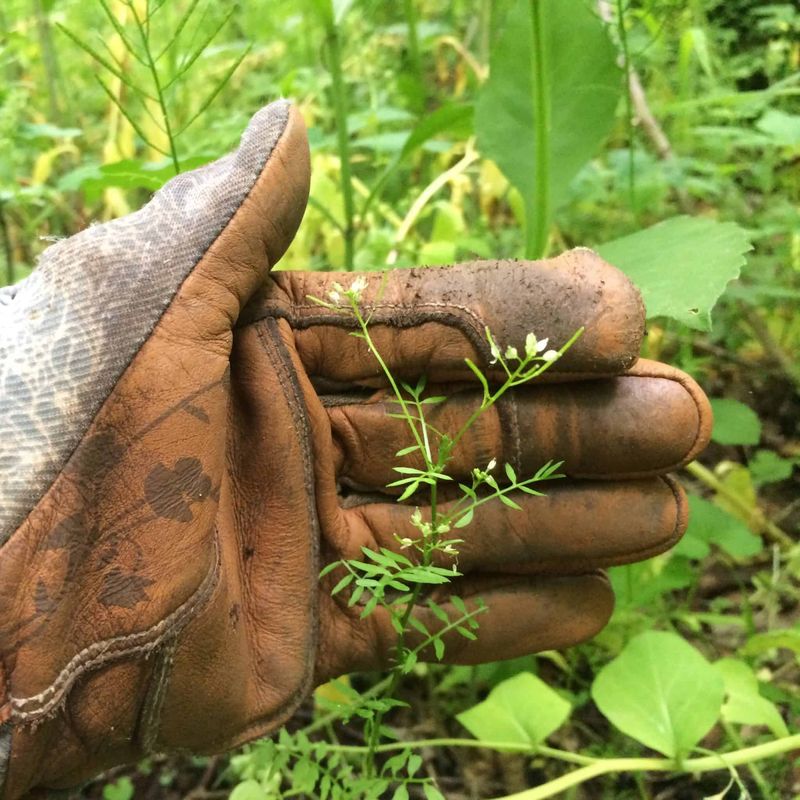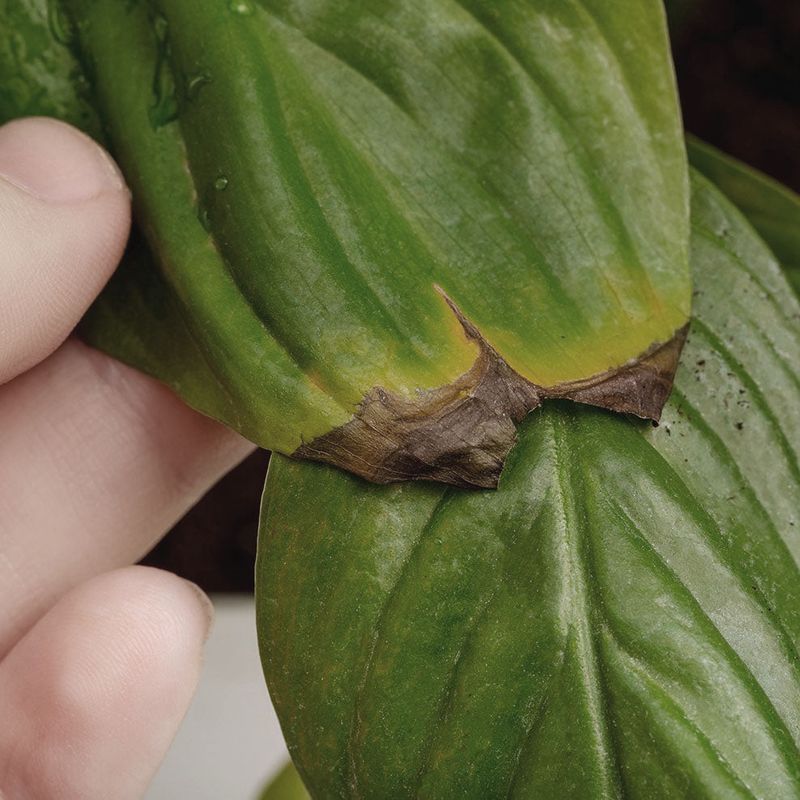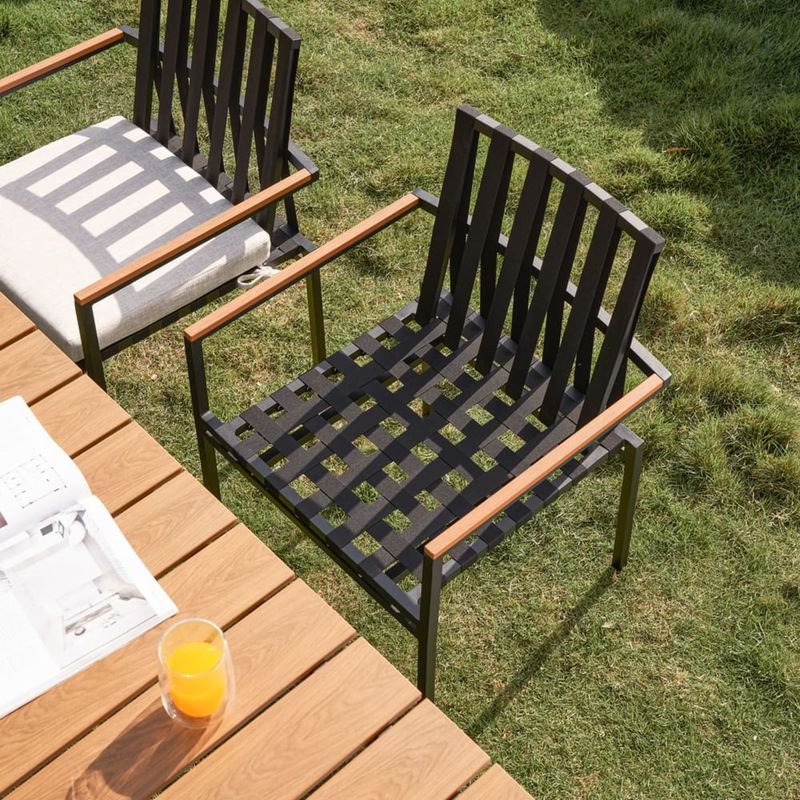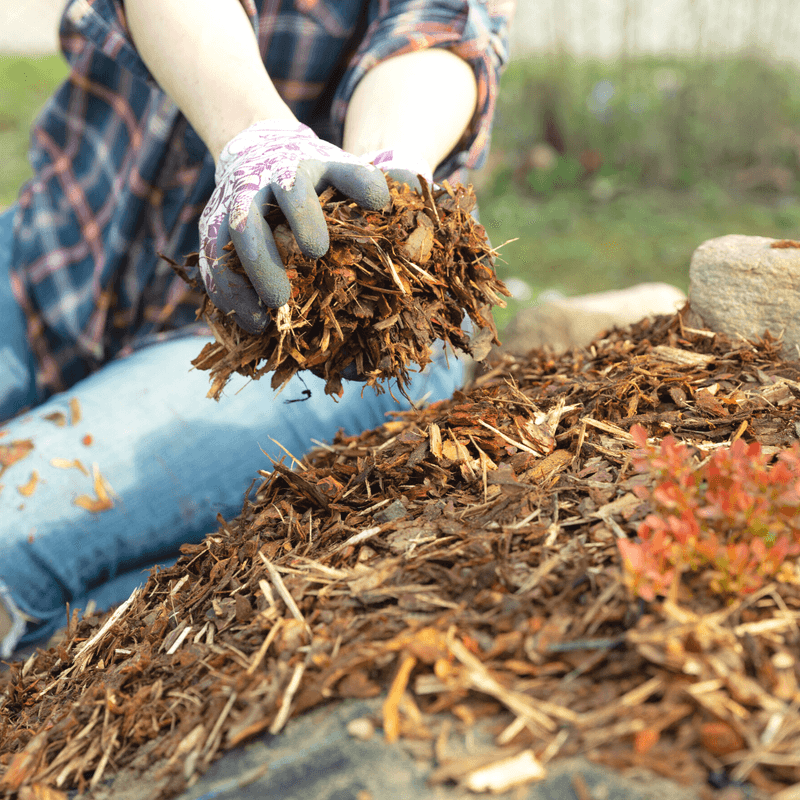Ever wonder what turns a garden from nice to downright classy? I’ve always been fascinated by people whose gardens seem to glow with effortless elegance, and let me tell you, it’s all in the details!
I’ve spent hours chatting with fellow gardeners and picking up their little tips and tricks. It’s not just about planting pretty flowers.
It’s those tiny habits, like deadheading regularly, keeping tools in check, or knowing when to stop pulling weeds. That truly make the difference.
Let me share the simple, yet magical, secrets I’ve learned to help you turn your garden into a serene, spotless haven!
1. Regularly prune plants for shape and health
Who doesn’t love a garden that looks like it got a fresh haircut? Pruning is the secret sauce here. By trimming away old and overgrown branches, plants can focus their energy on new growth.
It’s like a spa day for your greenery. Plus, it keeps them in the kind of shape that would make a topiary jealous.
Regularly wielding those pruning shears not only boosts plant health but also maintains an elegant garden silhouette.
2. Mulch garden beds to prevent weeds
Ever walked into a garden where the beds look like they belong in a magazine? The secret is mulch. It smothers weeds before they have a chance to ruin your day.
Plus, it keeps your soil’s moisture level just right. Laying mulch is like rolling out the red carpet for your plants, only cooler because they won’t get thirsty or crowded by pesky weeds.
It’s a small effort with a huge payoff for a tidy garden.
3. Keep pathways clear and neat
Pathways are like the highways of your garden. Keeping them neat is crucial. Ever tripped over a stray branch or rock? Annoying, right?
Regularly sweeping and edging paths is essential. It prevents accidents and keeps your garden looking crisp and welcoming.
Plus, it’s an easy way to make sure every part of your oasis is accessible. Those clear pathways guide visitors through your garden like a gentle nudge towards relaxation.
4. Water plants early in the morning or late afternoon
Watering at the right time is like catching a train on schedule. Plants prefer morning or late afternoon showers.
Why, you ask? It reduces evaporation, ensuring the roots get their fill. Plus, watering in direct sunlight can scorch the leaves. It’s a delicate balance, but once you nail it, your garden will be grateful.
Early or late watering is the secret handshake of garden pros, ensuring plants stay cool and classy all day.
5. Deadhead spent blooms to encourage new growth
Nothing shouts ‘I care’ like a garden with constantly blooming flowers. Deadheading is key. By snipping off old blooms, plants focus on producing new ones.
It’s a bit like removing old stories so new ones can start. This simple act keeps your garden looking fresh.
Not only does it enhance the garden’s aesthetics, but it also promotes a cycle of continuous growth, making it seem as if the garden is always dressed to impress.
6. Rake leaves promptly in fall
Fallen leaves can turn a garden into a slippery mess. Raking them up, though, is a game changer. Sure, it’s a bit of a workout, but it’s worth the effort.
It prevents the garden from looking neglected and keeps the grass healthy. Plus, you can always jump into a pile for fun.
It’s an autumn ritual that leaves your garden looking tidy and keeps the ground ready for winter. Consider it nature’s way of tidying up.
7. Use garden tools to keep edges crisp
There’s something satisfying about a garden with crisp edges. It’s like the freshly ironed shirt of the gardening world.
Using tools to keep those edges sharp makes a big difference. It defines spaces and gives a polished look. Imagine a garden with blurry lines, no thanks!
Crisp edges are what set a well-kept garden apart, adding structure and sophistication. It’s a small detail, but it can elevate the entire garden’s appearance.
8. Create defined garden borders with edging
Garden borders are like the picture frames of your outdoor space. They define areas and add order. Edging keeps plants where they belong, preventing them from invading paths or lawns.
It’s the unsung hero of a tidy garden. Without defined borders, a garden can look wild and chaotic. Edging provides the structure that transforms a garden into a serene retreat.
Plus, it helps when mowing or trimming, ensuring every visit is a pleasant experience.
9. Clean garden furniture after use
Ever sat on a dusty garden chair? Not the best feeling. Cleaning furniture after use prevents grime buildup and ensures it’s always ready for guests.
It’s a bit like making your bed. One less thing to worry about later. Plus, it extends the lifespan of your outdoor furniture, keeping it looking sharp.
Clean furniture is inviting and adds to the overall tidiness of a garden space. It’s a simple task that leaves a lasting impression.
10. Organize tools in a designated shed
Gardening tools need a home. A designated shed is the answer. Ever wasted time searching for a trowel or pruning shears? Annoying, right?
Keeping tools organized saves time and effort. Plus, it protects them from the elements, ensuring they last longer. An organized shed is like a command center for any gardener, making every task more efficient.
It’s one of those habits that keeps a garden running smoothly and looking tidy, like a well-oiled machine.
11. Keep compost bins tidy and properly maintained
Compost bins can be a garden’s best friend or worst enemy. A tidy compost bin speeds up decomposition and reduces odors. Ignore it, and it becomes a mess.
Regular turning and maintaining the right balance of greens and browns keeps things running smoothly. It’s like a science experiment, but cooler.
Proper maintenance ensures rich compost that feeds your plants and contributes to a healthy, tidy garden. Plus, it reduces waste, making it a win-win.
12. Rotate plants to avoid soil depletion
Monotony is the enemy of a garden. Rotating plants keeps the soil from getting tired. Imagine eating the same meal every day.
Different plants use different nutrients, so rotation helps keep the soil balanced. It’s a clever trick that prevents nutrient depletion and keeps plants healthy.
Plus, it can reduce disease and pests. Rotating plants is like giving the garden a fresh playlist, ensuring it stays lively and productive, year after year.
13. Clean up any debris after storms
Storms can leave a garden looking like a war zone. Cleaning up debris promptly is crucial. It prevents damage to plants and keeps the garden looking its best.
Plus, it eliminates hiding spots for pests. Think of it as damage control. A quick clean-up not only restores order but also protects your garden’s health.
It’s an act of resilience, turning chaos into calm, and ensuring the garden remains a serene retreat for relaxation.
14. Remove any diseased or damaged plants
Diseased plants are a garden’s worst nightmare. Removing them quickly prevents the spread of disease. It’s like cutting off the infected part to save the rest.
Damaged plants, too, can attract pests. Keeping an eye on plant health is crucial for a tidy garden. It ensures other plants remain strong.
Regular inspections and prompt removal are key strategies for maintaining a healthy, tidy garden, protecting your investment and ensuring a beautiful space.
15. Regularly inspect plants for pests
Pests can wreak havoc on a garden. Regular inspections are like having a security system. Spotting pests early prevents major damage.
It’s a bit like detective work, looking for clues and acting fast. Keeping pests at bay ensures plants stay healthy and productive.
Plus, it reduces the need for chemical interventions. A proactive approach to pest control is essential for a tidy, thriving garden, making sure plants can grow without constant threats.
16. Use raised beds or containers for easy maintenance
Raised beds are a game changer. They make gardening accessible and reduce the strain on your back. Plus, they’re easier to maintain.
Imagine a garden where the weeds are few and the soil is rich. Raised beds keep everything organized and tidy. They’re perfect for small spaces or urban gardens.
Using containers or raised beds simplifies maintenance and offers a structured look. It’s a modern approach that’s both practical and attractive.
17. Keep the lawn mowed and well-maintained
A lawn is like a garden’s living room. Keeping it mowed and maintained is essential. It’s the first thing people see and can make or break a garden’s appearance.
Regular mowing prevents overgrowth and keeps the grass healthy. Plus, it creates a neat, inviting space for relaxation or play.
A well-kept lawn is a clear sign of a tidy garden, showing that attention to detail and care go into every part of the outdoor space.
18. Organize seasonal plants for easy access
Seasonal plants need special attention. Organizing them makes care easier. Imagine a garden where every plant gets exactly what it needs, when it needs it.
By keeping seasonal plants organized, you can ensure proper care and rotation. It’s like having a plan for every season, ensuring plants thrive year-round.
Plus, it helps when deciding what to plant next. An organized approach to seasonal gardening is key for a tidy, efficient, and beautiful garden.
19. Follow a consistent garden care schedule
Consistency is king in gardening. A regular care schedule keeps tasks manageable and the garden looking its best.
Scheduled care prevents neglect and ensures every plant gets attention. Following a routine makes gardening less overwhelming and more enjoyable.
It helps catch problems early and keeps everything in tip-top shape. A consistent schedule is a gardener’s best friend, ensuring a tidy and well-maintained outdoor space.
20. Replenish soil with organic matter or compost
Soil is the foundation of a garden, and it needs nourishment. Adding organic matter or compost keeps it rich and healthy.
This practice improves texture and fertility, supporting plant growth. Replenishing soil ensures a sustainable garden, where plants can flourish.
It’s a simple but crucial task that contributes to a tidy, healthy garden. Plus, it reduces the need for chemical fertilizers, making it an eco-friendly choice.
21. Overcrowding plants in garden beds
A garden without space looks chaotic. Overcrowding plants is a common mistake. Plants need space to breathe and grow.
When they’re packed too closely, they compete for nutrients and sunlight, leading to stress and disease. Giving plants room to spread out keeps the garden tidy and healthy.
It’s a lesson in moderation, ensuring each plant can shine without being overshadowed. Avoiding overcrowding is key for a classy garden.
22. Letting weeds take over garden spaces
Weeds are the bullies of the garden world. Ignoring them leads to chaos. They compete with plants for resources and can quickly take over.
Regular weeding keeps a garden tidy and healthy. It’s like keeping your fridge organized, ensuring only the essentials are present.
Dealing with weeds promptly prevents them from becoming a bigger problem. It’s a task that pays off in a serene, orderly garden, where every plant can thrive without competition.
23. Leaving garden tools scattered around
Tools left lying around can turn a garden into a hazard zone. It’s like leaving toys all over the floor. Not only does it make the space look untidy, but it also poses safety risks.
Organizing tools after use keeps the garden looking neat and ensures they’re easy to find. It’s a simple habit that reflects care and attention.
A tidy garden is a safe garden, where everything has its place and order reigns supreme.
24. Using too many artificial decorations
Less is more when it comes to garden decor. Overdoing artificial decorations can make a garden look tacky.
Natural beauty is the main attraction, and too much decor distracts from it. Choosing a few tasteful pieces keeps the garden classy and serene.
It reflects a sense of style and restraint, allowing the plants to be the stars. Avoiding decoration overload is key to maintaining an elegant outdoor space.
25. Ignoring plant health or pest problems
Neglect is a garden’s enemy. Ignoring plant health or pest issues leads to disaster. Regular checks and prompt action keep plants in top shape.
Addressing issues early prevents them from spreading, ensuring a tidy, flourishing garden. It’s about being proactive, not reactive.
Caring for plant health is crucial for a beautiful garden, where every plant can contribute to the overall harmony.
26. Planting invasive species
Invasive species are garden gatecrashers. They spread uncontrollably and disrupt the balance. They can overpower native plants and cause ecological harm.
Avoiding them is essential for a healthy garden. Choosing native or non-invasive species ensures a balanced ecosystem. It reflects responsible gardening and helps preserve local wildlife.
Planting wisely keeps the garden tidy and harmonious, preventing unwanted chaos and ensuring long-term beauty.
27. Overwatering plants
Too much of a good thing is bad, and overwatering is no exception. It’s like overfilling a cup until it spills. Plants need water, but excess leads to rot and disease.
Knowing when to stop is key. Checking soil moisture before watering prevents overwatering. It keeps plants healthy and soil balanced.
This simple habit ensures a tidy garden where plants flourish without drowning. It’s about finding the right balance for a sustainable outdoor space.
28. Neglecting to clean garden furniture regularly
Neglected furniture can ruin a garden’s appeal. Regular cleaning keeps it inviting. Clean furniture reflects a tidy garden and ensures comfort.
Dust and grime build-up make it unappealing. Wiping down furniture after use is a small task with big returns.
It maintains the garden’s aesthetic and enhances the outdoor experience. Clean furniture is a sign of pride, showing that every aspect of the garden is cared for.
29. Forgetting to mulch or replenish mulch
Mulch is a garden’s cozy blanket. Forgetting it leaves beds vulnerable. It’s like leaving the house without a coat. Mulch suppresses weeds and retains moisture, supporting plant health.
Regular replenishment ensures continuous protection. Neglecting it can lead to overgrown weeds and dry soil. Keeping mulch fresh is an easy way to maintain a tidy garden.
It shows attention to detail and contributes to a serene outdoor space, where every plant has the support it needs.
30. Using harsh chemicals or pesticides
Chemical shortcuts can harm more than they help. Using harsh pesticides is risky for plants and the environment. Natural solutions and preventive measures are safer alternatives.
They protect beneficial insects and keep the garden eco-friendly. Avoiding harsh chemicals reflects thoughtful gardening and ensures plants thrive naturally.
It’s about creating a safe, balanced environment, where everything works in harmony without unnecessary risks.

